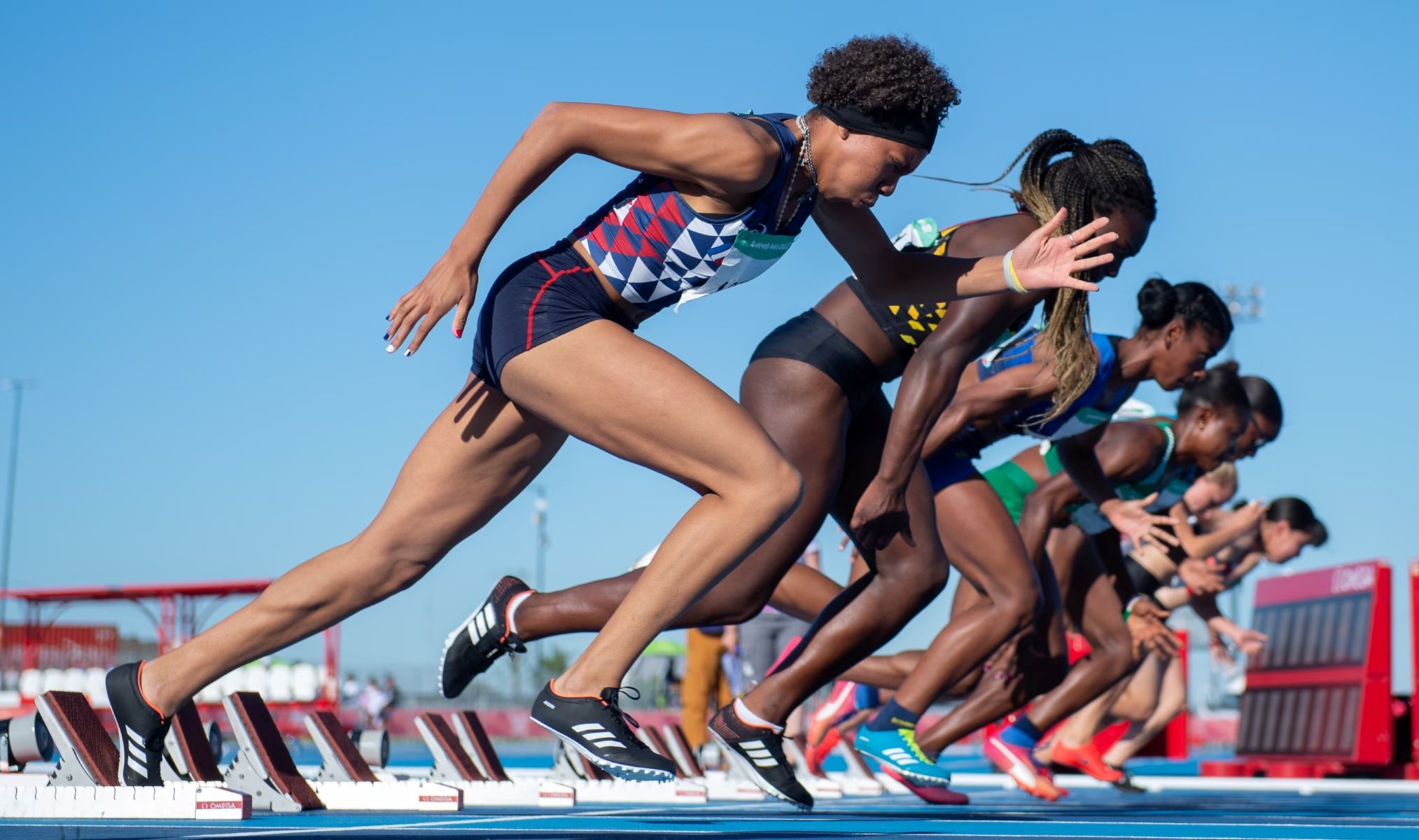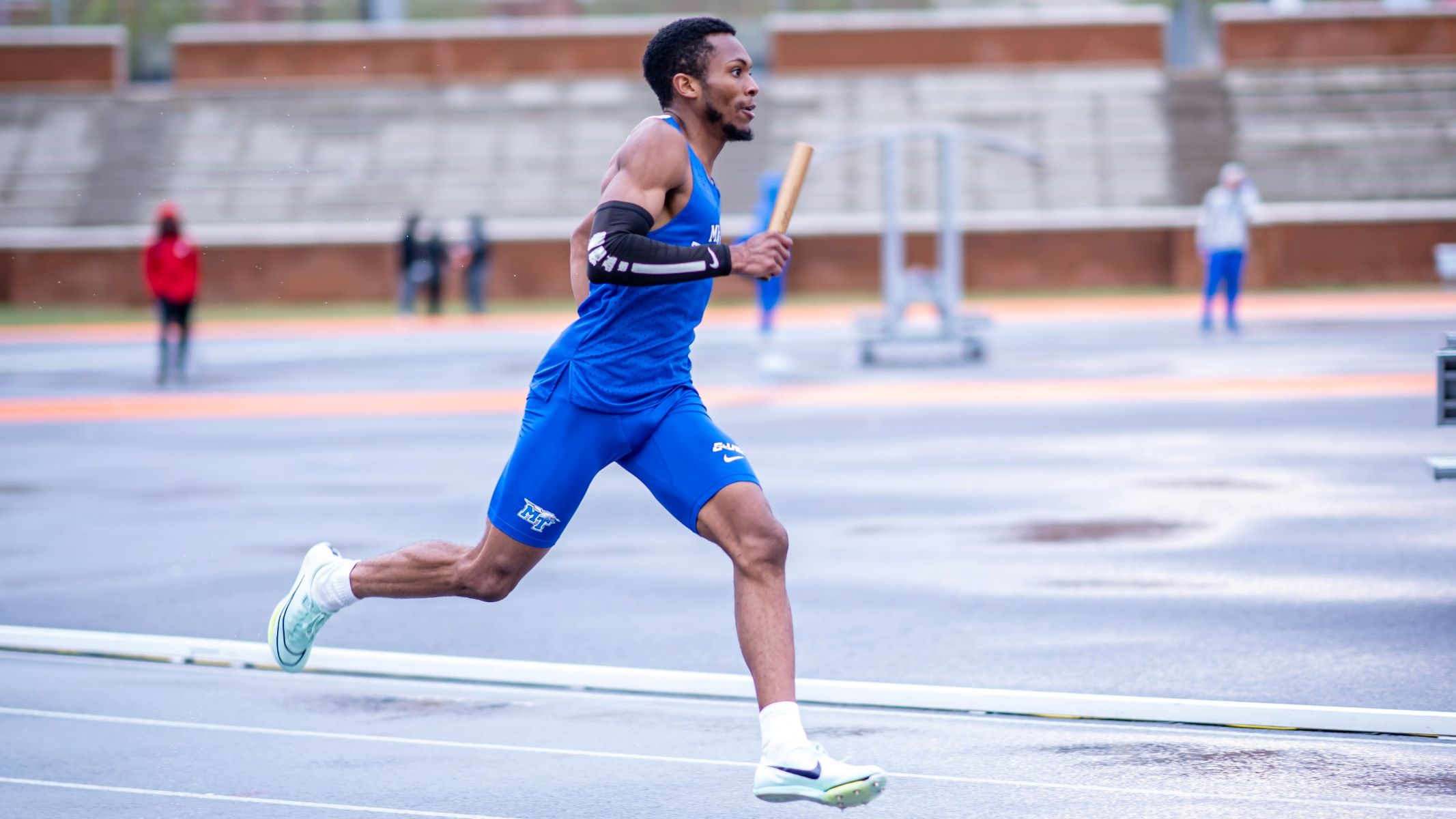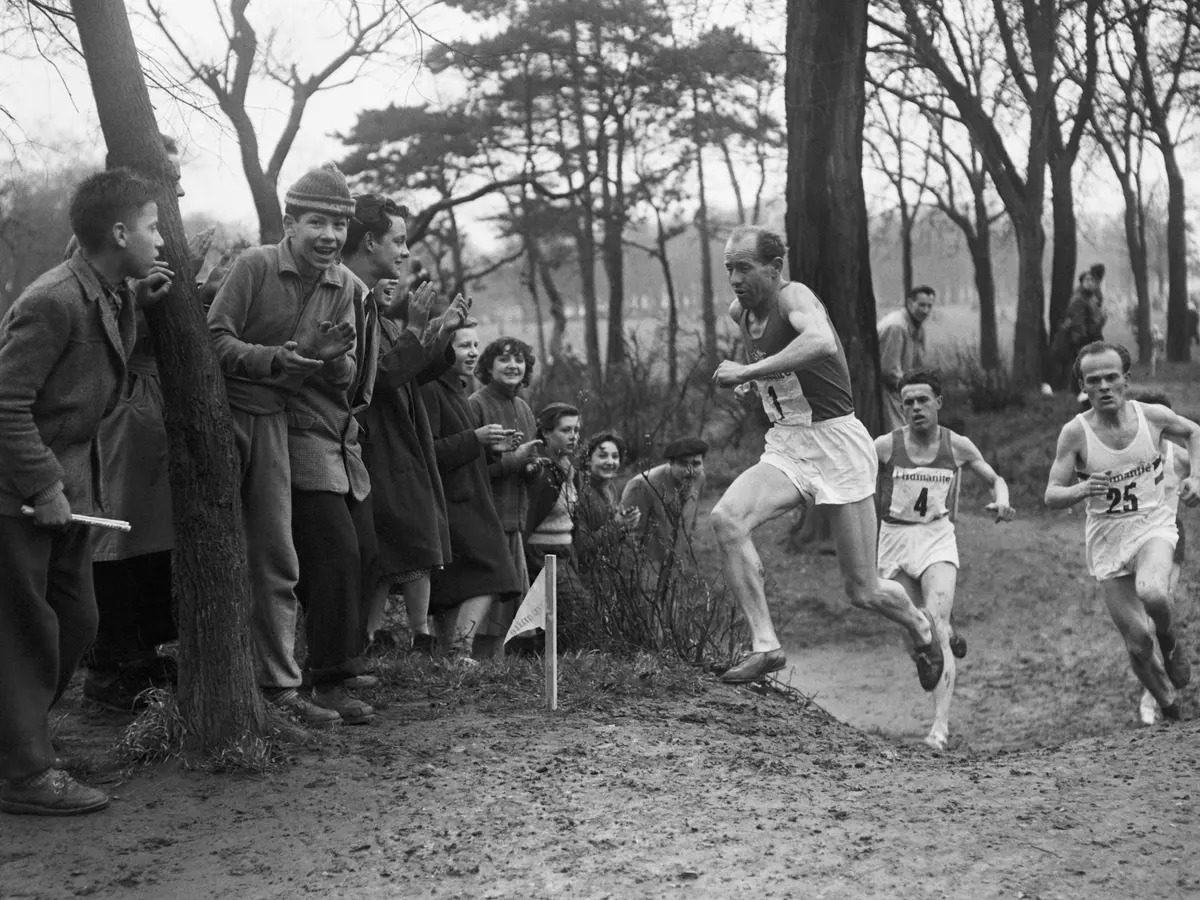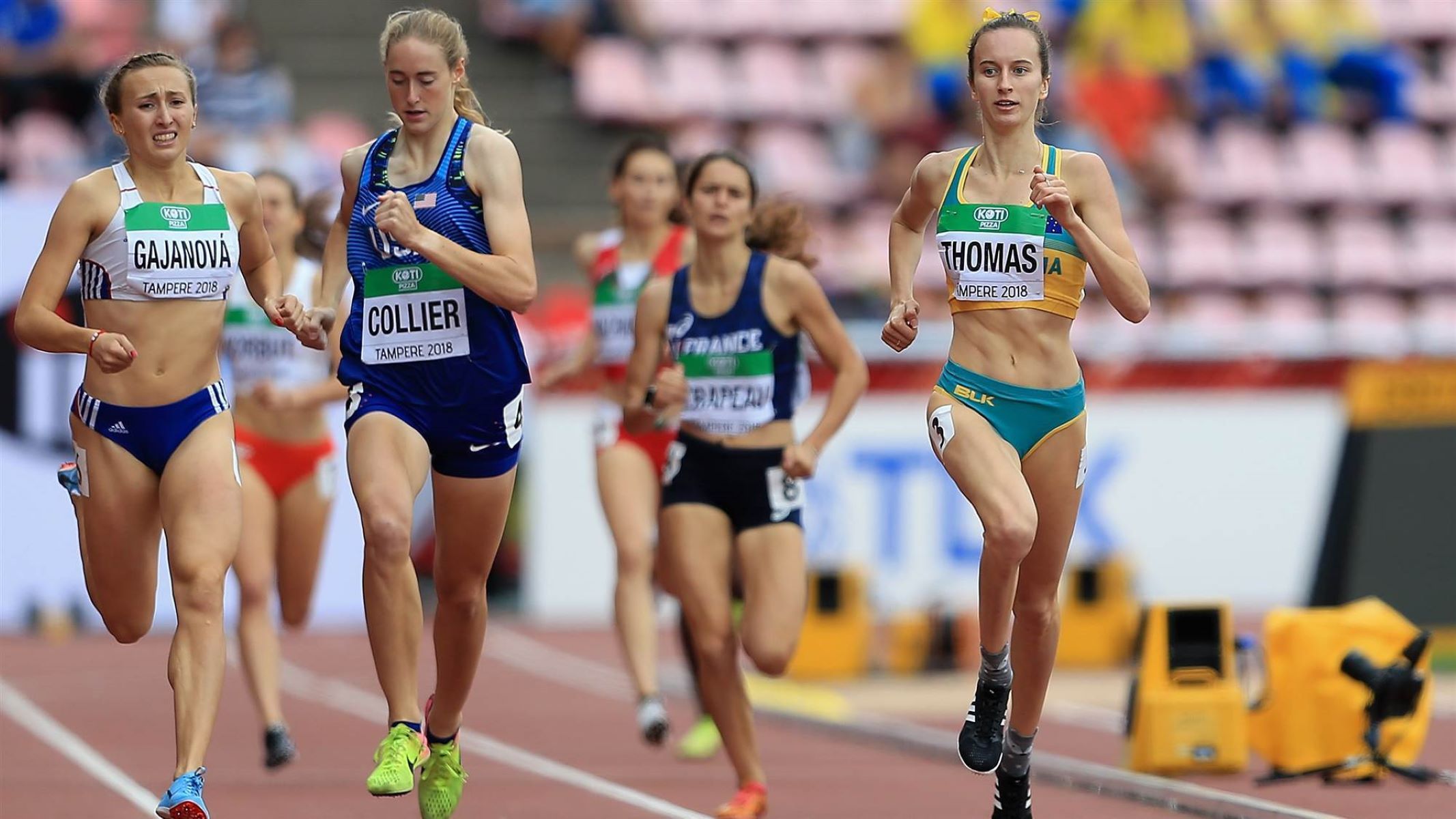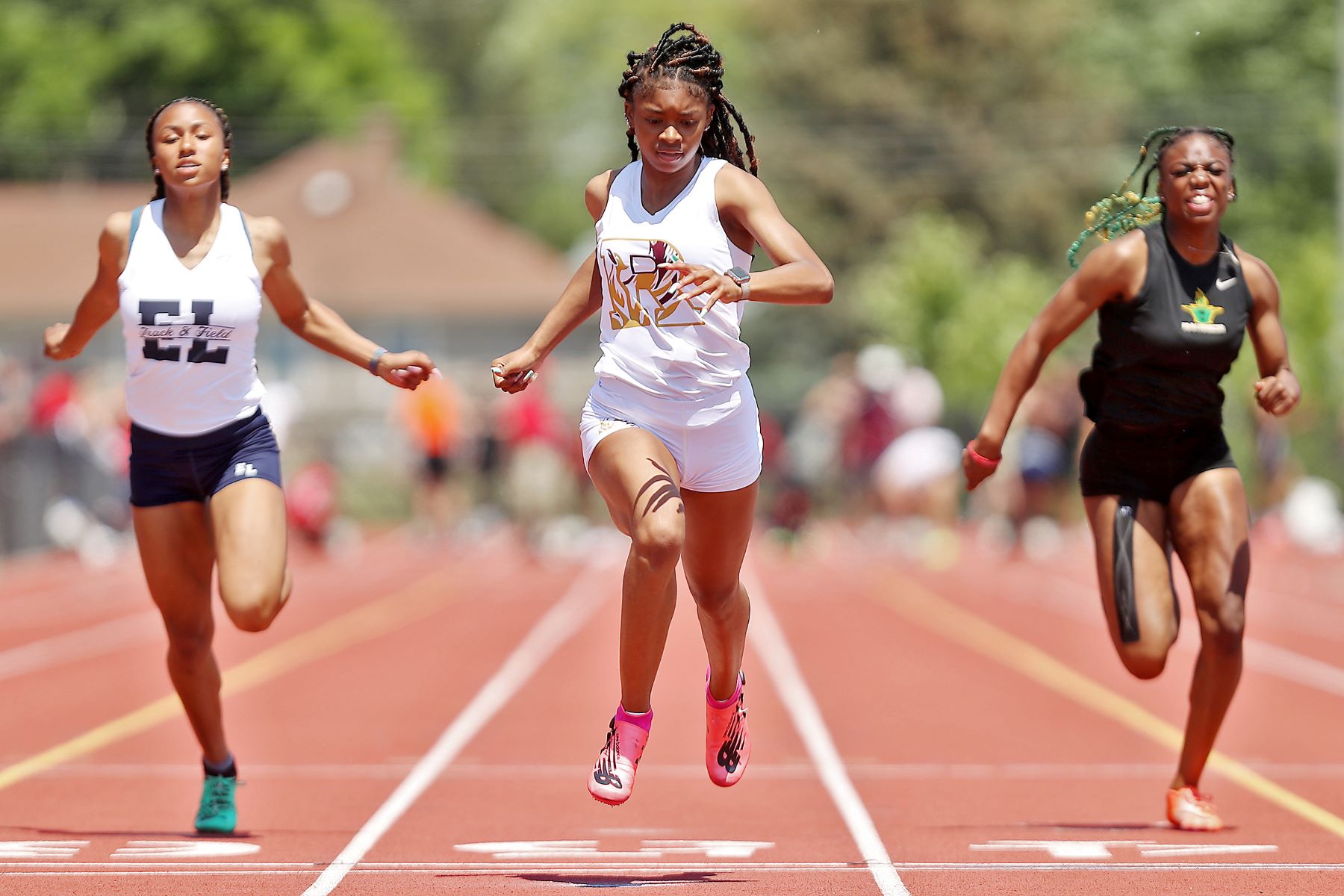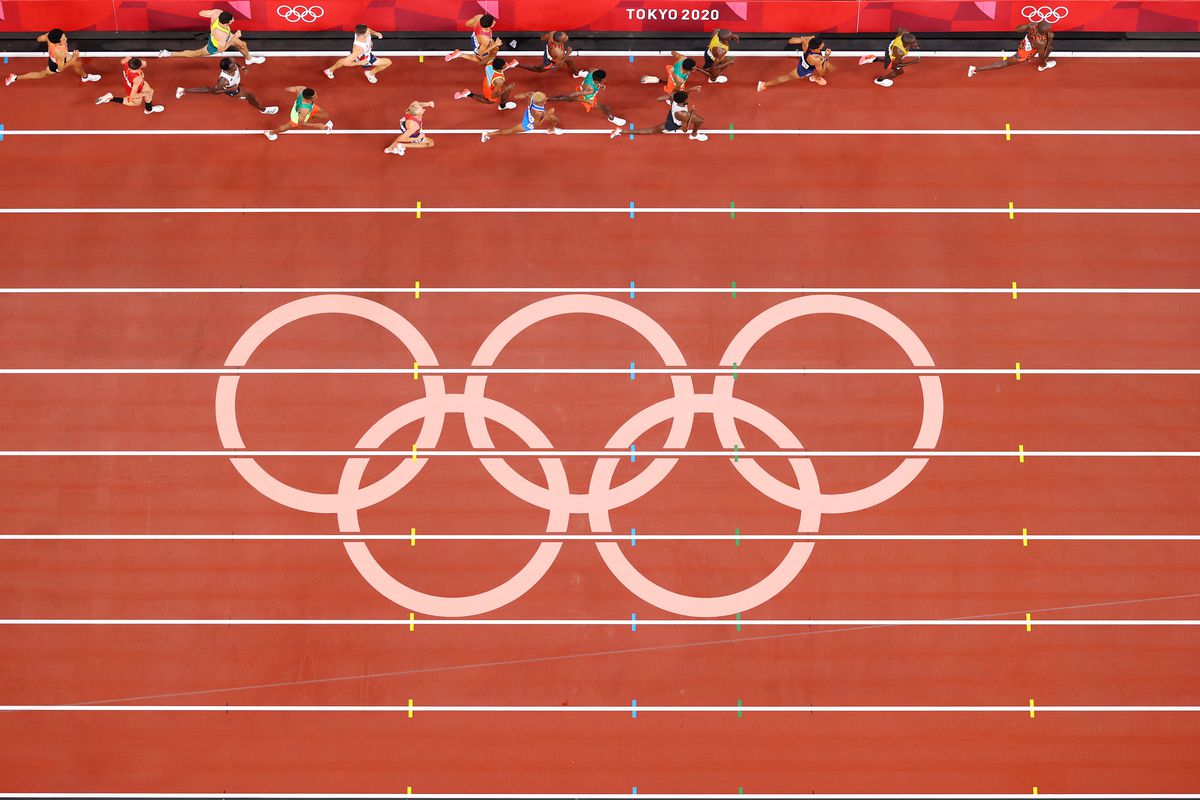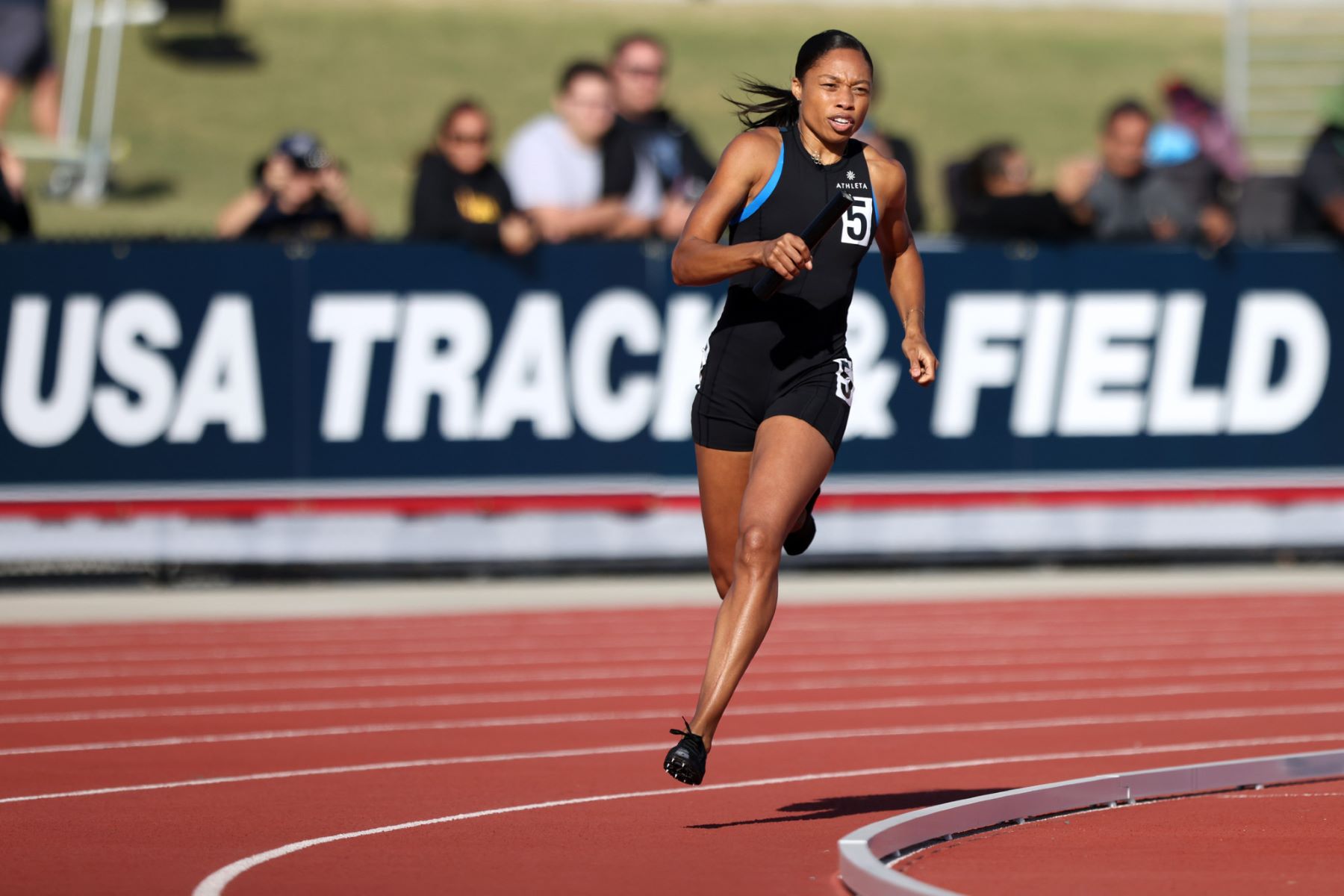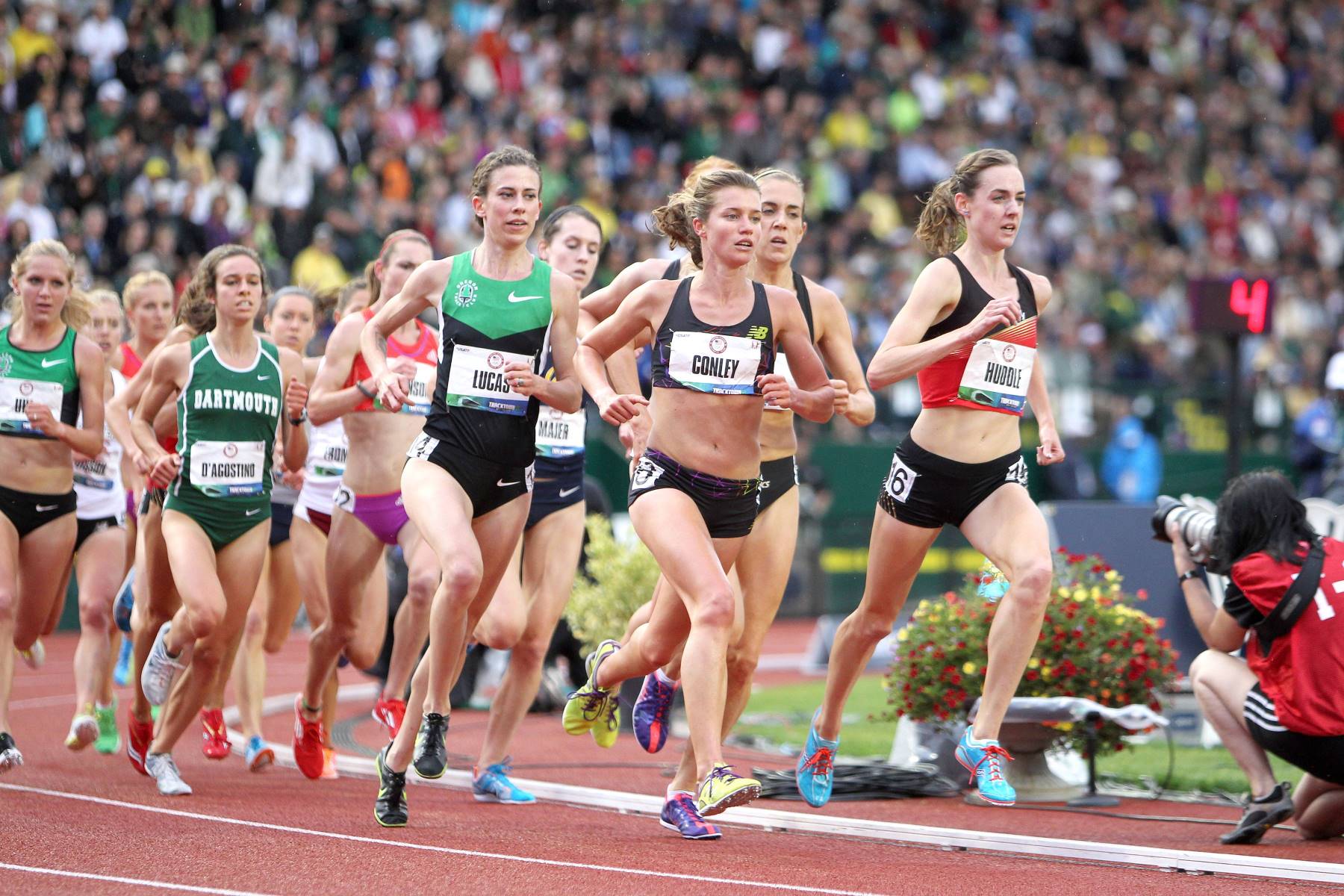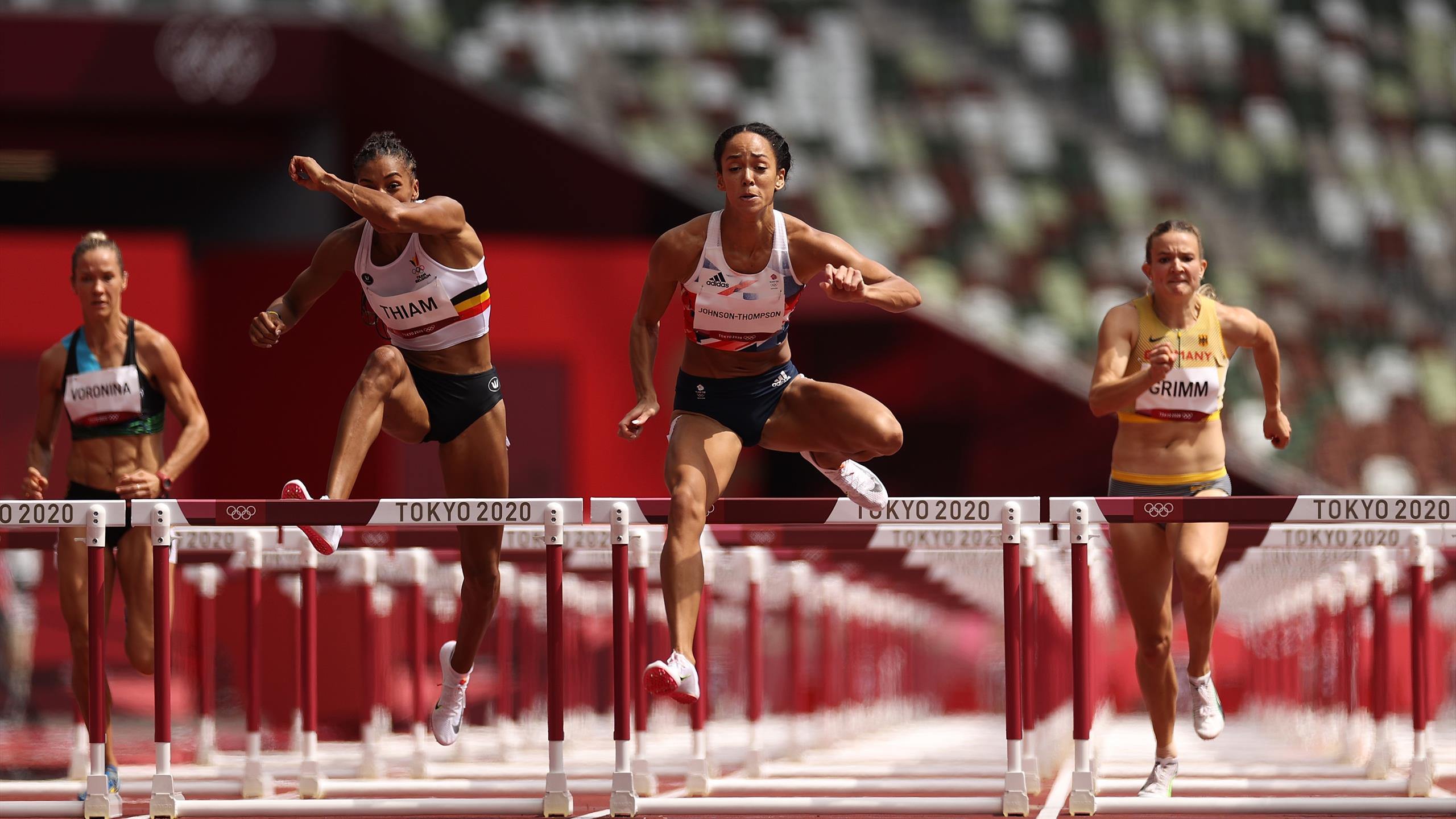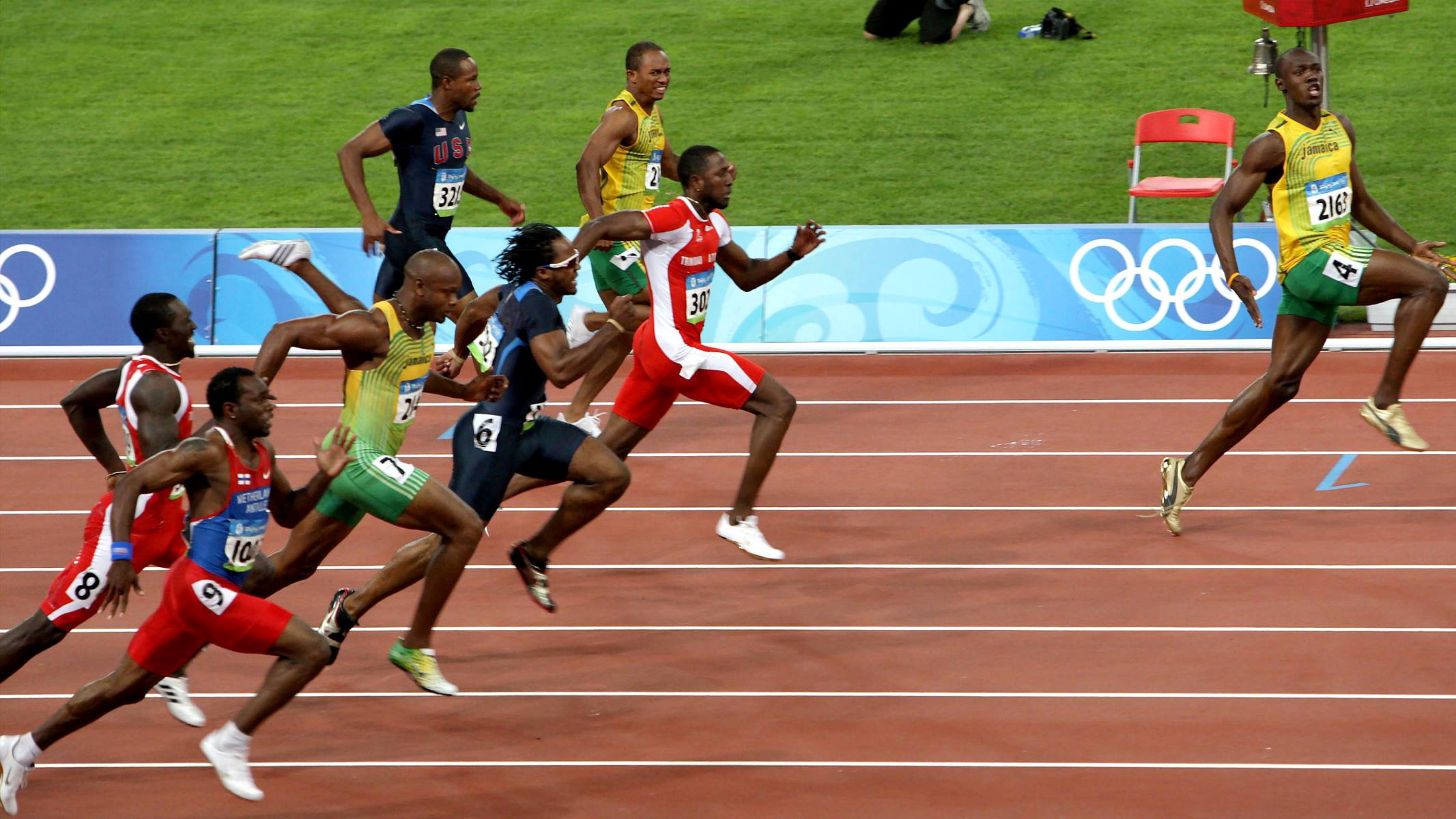

Featured
How Many Laps In Olympic Track And Field
Modified: January 2, 2024
Discover the featured Olympic track and field event, and learn how many laps athletes run on the iconic track. Find out more about the thrilling races in this guide.
Introduction
The Olympic Games is one of the most prestigious sporting events in the world, showcasing the athleticism and skill of competitors from around the globe. One of the key sports featured in the Olympics is track and field, which includes a wide range of events such as sprints, hurdles, long distance running, jumping, and throwing.
When it comes to track and field events, the distance covered by athletes can vary greatly depending on the specific event. From short sprints to endurance races, the number of laps athletes need to complete can vary significantly.
In this article, we will explore the different factors that determine the number of laps in Olympic track and field events, as well as provide an overview of the standard track used in competitions. Whether you’re a fan of the Olympics or a budding track and field athlete, understanding the distances and laps involved in these events can help you appreciate the skill and determination required to compete at the highest level.
So, let’s lace up our running shoes and dive into the fascinating world of Olympic track and field!
The Standard Track
In Olympic track and field events, athletes compete on a standard track that adheres to specific regulations set by the International Association of Athletics Federations (IAAF). The standard track is a 400-meter oval-shaped circuit that consists of two parallel straights and two semi-circular turns, each with a radius of 36.5 meters.
The width of the track can vary slightly, but it is typically around 1.22 meters wide. The surface of the track is made of materials such as synthetic rubber or polyurethane to provide optimal grip and shock absorption for athletes.
At the start of each straightaway, there are lane markings that indicate the individual lanes for athletes to stay within during races. These markings are crucial for ensuring fair competition and preventing athletes from impeding or obstructing each other.
Additionally, there are markings on the track to indicate the start and finish lines, as well as the exchange zones for relay races. These markings help athletes precisely measure their distances and ensure that the races are conducted according to IAAF rules and regulations.
The standard track also includes various field event areas, such as the long jump pit and the throwing sectors for events like shot put and discus throw. These areas are separated from the track and provide specialized spaces for athletes to showcase their skills in their respective events.
Overall, the standard track provides a consistent and fair playing field for athletes from different countries and backgrounds to compete on. It ensures that each athlete has the same distance to cover and allows for accurate timing and measurement of performances.
Track Distances
In Olympic track and field, events are categorized based on distance and the specific nature of the race. The distances of the track events can range from a few hundred meters to several kilometers, each requiring a different number of laps to complete.
Let’s take a closer look at some of the common track distances in Olympic track and field:
- Sprints: Sprints are short-distance races that require athletes to cover a distance of 100 meters or 200 meters. In these events, athletes run in a straight line without any turns. The 100-meter sprint consists of a single lap on the standard track, while the 200-meter sprint requires athletes to complete two laps.
- Middle-Distance Events: Middle-distance events typically range from 800 meters to 1500 meters. These races combine speed and endurance, requiring athletes to maintain a fast pace throughout the designated distance. The 800-meter race involves two laps around the track, while the 1500-meter race requires athletes to complete three and three-quarter laps.
- Long-Distance Events: Long-distance events in track and field include races like the 5000 meters, 10,000 meters, and the marathon. In the 5000 meters, athletes run 12 and a half laps on the track. The 10,000 meters race requires athletes to complete 25 laps. The marathon, which is only held on the roads during the Olympics, covers a distance of 42.195 kilometers.
- Hurdles: Hurdling events add an extra level of complexity to track races. The standard distance for men’s hurdles is 110 meters, and for women’s hurdles, it is 100 meters. Athletes run the specified distance while jumping over a series of ten hurdles strategically placed along the track.
- Relays: Relay races are team events where multiple athletes take turns running a specific distance before handing off a baton to the next runner. The most common relay races in track and field include the 4×100 meters and 4×400 meters, where athletes complete four laps on the track.
These are just a few examples of the track distances and the number of laps involved in Olympic track and field events. Each distance presents its own unique challenges and requires athletes to possess different combinations of speed, endurance, and technique.
Olympic Track Events
The Olympic track and field program consists of a wide variety of events that cover different distances, disciplines, and techniques. These events test the speed, agility, strength, and endurance of athletes, showcasing their athletic abilities at the highest level of competition.
Here are some of the key Olympic track events:
- Sprints: The sprint events include the 100 meters, 200 meters, and 400 meters races. These events require explosive speed and efficient technique, with athletes striving to cross the finish line in the shortest time possible.
- Hurdles: Hurdling events add an element of technique and agility to the sprints. The men’s 110 meters hurdles and women’s 100 meters hurdles require athletes to clear ten hurdles placed at specific intervals along the track while maintaining their speed.
- Middle-Distance and Long-Distance Races: These races include the 800 meters, 1500 meters, 5000 meters, 10,000 meters, and the marathon. Athletes participating in these events display a combination of speed, endurance, and tactical racing strategies to navigate the designated distances.
- Relays: Relay races are team events that require athletes to work together in seamless transitions. The most common relay events are the 4×100 meters and 4×400 meters, where teams of four athletes take turns running a specific distance before passing a baton to the next runner.
- Walks: Racewalking events require athletes to walk a designated distance without breaking a specific rule known as “lifting” or “losing contact.” The 20km racewalk and the 50km racewalk are the two standard distances contested in the Olympics.
- Steeplechase: The steeplechase combines long-distance running with the obstacle of water jumps. Athletes run a distance of 3000 meters, which includes seven water jumps and 28 conventional hurdles.
- Combined Events: The Olympic decathlon (for men) and heptathlon (for women) are multi-discipline events that determine the best all-around athletes. Decathletes compete in ten events over two days, including sprints, jumps, throws, and endurance races, while heptathletes compete in seven events.
These track events captivate audiences with their displays of speed, endurance, technique, timing, and resilience. Athletes train for years to excel in their chosen events and represent their countries on the Olympic stage.
Track and Field Competition Format
The track and field events in the Olympics follow a specific competition format that includes qualifying rounds, semifinals, and finals. The overall goal is to determine the fastest, strongest, and most skilled athletes in each event.
Let’s take a closer look at how the competition format works:
- Qualifying Rounds: In most track events, athletes must first compete in qualifying rounds to earn a spot in the semifinals or finals. The number of qualifying rounds may vary depending on the event and the number of participants. The top performers from each qualifying round, based on their time or distance, advance to the next stage of the competition.
- Semifinals: The semifinals are the intermediary stage between the qualifying rounds and the finals. Athletes who have successfully advanced from the qualifying rounds compete once again to secure their place in the final round. The number of semifinal races depends on the number of participants and the format set by the event organizers.
- Finals: The finals are the pinnacle of track and field events, where the top-ranked athletes from the qualifying rounds and semifinals compete for the gold, silver, and bronze medals. The number of participants in the finals varies depending on the event. In some events, such as the sprints and hurdles, there are typically eight athletes in the final. In other events, like the marathon, all qualifying athletes compete in a single final race.
The winner of each event is determined based on their performance in the final round. In races, the athlete who crosses the finish line first is declared the winner. For field events, the athlete who achieves the longest jump, farthest throw, or highest jump is awarded the gold medal.
Throughout the competition, athletes strive to achieve personal bests, set new records, and represent their country with pride. The track and field events in the Olympics showcase not only individual talent but also the competitive spirit and sportsmanship of athletes from around the world.
Factors Affecting the Number of Laps
The number of laps required in Olympic track and field events is primarily determined by two key factors: the distance of the event and the size of the standard track. However, there are other factors that can also influence the number of laps athletes need to complete in a given event.
Here are some of the factors affecting the number of laps in track and field events:
- Event Distance: The primary factor determining the number of laps in an event is the designated distance. Events can range from short sprints such as the 100 meters, which requires athletes to complete a single lap, to longer races like the marathon, where athletes cover a distance of 42.195 kilometers.
- Standard Track Size: The standard track used in Olympic competitions is 400 meters in length. This distance is a result of historical conventions and has become the standard around the world. The number of laps required for an event is calculated based on this track size. For example, a 200-meter sprint requires athletes to complete two laps, while a 10,000 meters race involves 25 laps on the track.
- Race Specifications: Some races, such as the hurdles and steeplechase, have specific requirements that can affect the number of laps. In these events, athletes must clear hurdles or water jumps at specific intervals, which may alter the number of laps required to complete the designated distance.
- Spectator Experience: The number of laps in an event can also be influenced by the desire to provide an engaging experience for spectators. For longer races, organizers may choose fewer laps to avoid prolonged periods with no visible action. This allows spectators to witness the progress of the race more easily and increases the excitement of the event.
- Time Constraints: In large-scale competitions like the Olympics, the scheduling of events is crucial. The number of laps may be adjusted to ensure that events run smoothly and can fit within the given time frame, allowing for other events to take place as scheduled.
These factors combined determine the number of laps required for athletes to complete in each track and field event. They ensure that the distances are standardized, fair, and provide a challenging platform for athletes to showcase their skills and compete for gold on the Olympic stage.
Conclusion
Olympic track and field events offer a thrilling showcase of athleticism, speed, endurance, and technique. The number of laps athletes need to complete in these events varies based on factors such as distance, track size, race specifications, spectator experience, and time constraints. From sprints to long-distance races, each event presents its unique challenges and requires athletes to push their limits.
Understanding the standard track used in Olympic competitions, the distances covered in different events, and the competition format allows us to appreciate the dedication and hard work of athletes who compete at the highest level. Whether it’s the speed and explosiveness of sprints, the technical aptitude required in hurdles, the strategic approach in middle-distance races, or the endurance and mental resilience in marathons, each event demands a specific skill set and training regimen.
The Olympic Games provide an opportunity for athletes from around the world to come together and showcase their abilities in track and field events. The passion, sportsmanship, and determination displayed by these athletes inspire millions and make the Olympic track and field events one of the most anticipated and celebrated spectacles in the world of sports.
So, the next time you watch the Olympics or find yourself on a track, take a moment to appreciate the magnitude of effort and training that goes into competing in these events. Whether it’s a short sprint or a grueling marathon, track and field athletes continue to inspire us with their incredible feats of athleticism, determination, and sheer willpower.
